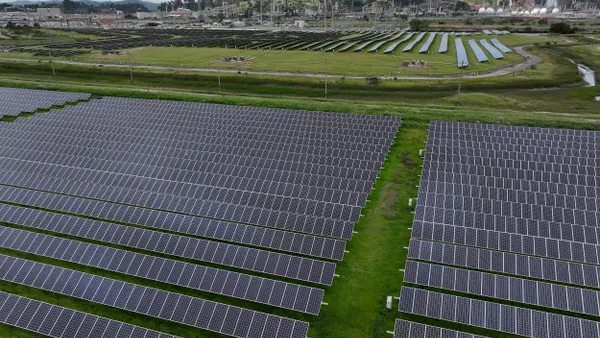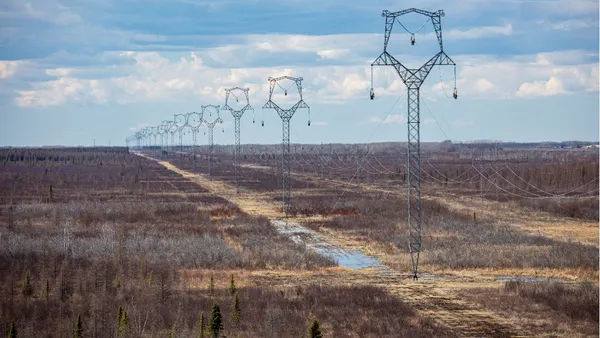Dive Brief:
- Before the North Carolina Utilities Commission last month announced a switch from a fixed net metering rate to a demand-based variable net metering rate for rooftop solar users, a handful of solar companies negotiated a bridge rate as a transition for their customers.
- The bridge rate is 10% smaller than the fixed rate and will be available to roughly 5,000 customers in 2024.
- While solar companies argue the uncertainty of the variable rate disincentivizes the use of solar, Duke Energy says the variable rate lets the company recoup its costs on days when high demand strains the grid.
Dive Insight:
When Duke Energy, which powers much of North Carolina, asked the utilities commission for a variable net metering rate based on demand to replace the previous fixed rate, solar installers said the change would hurt their business and thwart efforts to decarbonize the power grid.
“We were totally blindsided” by Duke’s filing, said Stew Miller, co-founder and president of solar panel installer Yes Solar Solutions. “A time-of-use rider doesn't work that well in residential solar.”
With a fixed rate, customers know exactly how much they’ll be paid when the power generated from their rooftop solar panels surpasses their needs, he said.
But “we realized there was a point where we couldn’t fight it,” he added.
The commission announced the variable rate on March 23.
But during the proceeding, a group of North Carolina rooftop solar installers negotiated a bridge rate with the utility, said Taylor Jones, senior regulatory counsel for the North Carolina Sustainable Energy Association.
Miller’s company was one of those installers.
The fixed rate was worth between 9 cents and 13 cents/kWh and the bridge rate is roughly 10% lower.
The number of customers is subject to a capacity cap, said Jake Duncan, the southeast regulatory director for Vote Solar.
Duke Energy has two subsidiaries — Duke Energy Progress based in Raleigh and Duke Energy Carolinas based in Charlotte — that provide power to customers in North Carolina. Each has a capacity cap for customers opting for the bridge rate, and that cap starts at 32.7 MW for customers of Duke Energy Progress and rises to 43.5 MW in 2026. The cap starts at 29 MW for customers of Duke Energy Carolinas and rises to 38.7 MW in 2026.
Duke Energy has two subsidiaries that serve customers in North Carolina, and the capacity cap starts between 29 MW and 32.7 MW depending on which subsidiary the customer uses. The cap increases to 38.7 MW and 43.5 MW by 2026.
Lon Huber, senior vice president of pricing and customer solutions for Duke Energy, said the variable rate isn’t entirely unpredictable.
For example, customers know they will receive the critical peak price 10 days a year (typically the hottest and coldest days of the year).
“The price is known and you can measure the impact,” Huber said. “It’s not guesswork.”
And Duke is working on a pricing calculator for North Carolina rooftop solar customers, he said. The calculator is already live in South Carolina, but Duke needs to ensure the North Carolina calculator can be adjusted based on a customer’s specific circumstances.
The calculator must account for trees that shade rooftop solar panels, Huber said.














